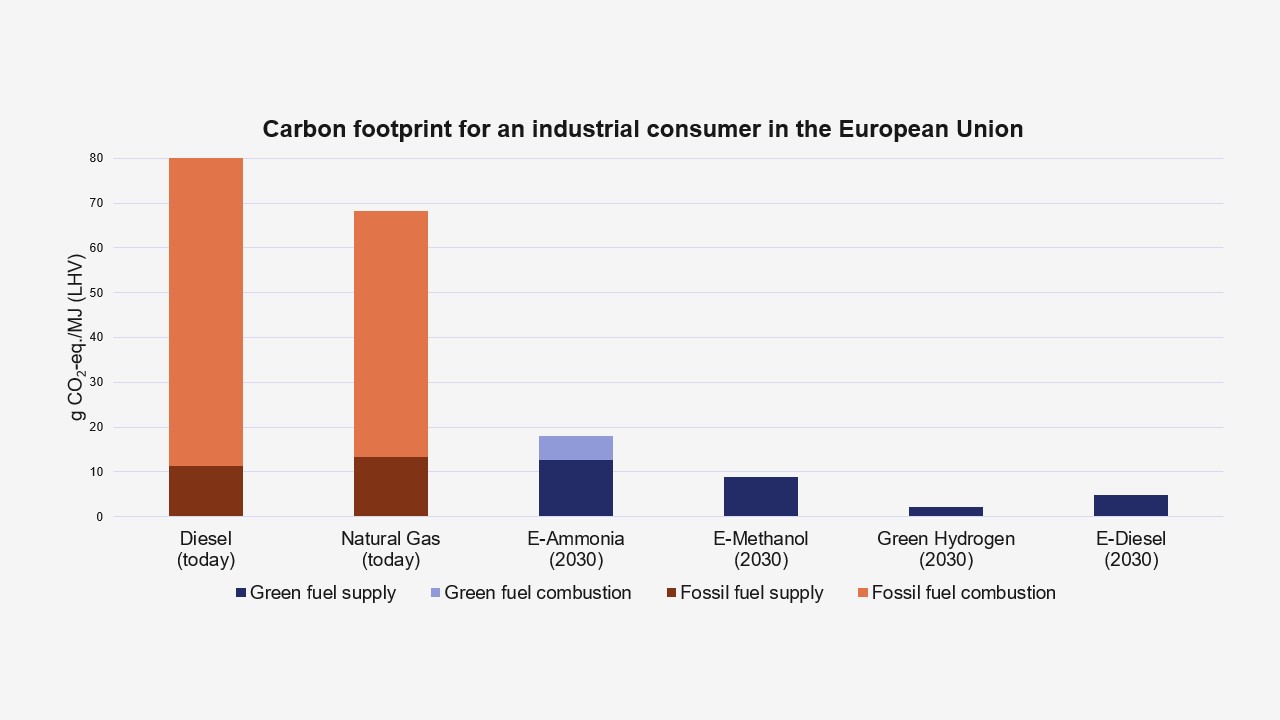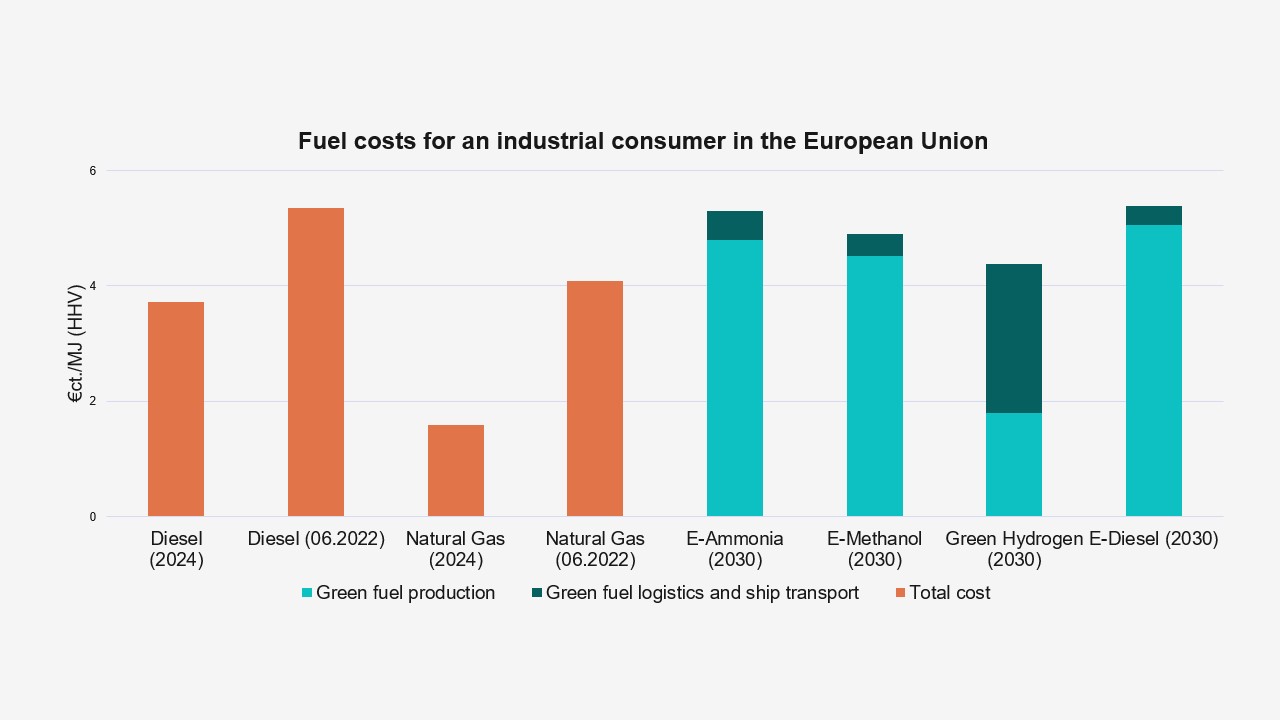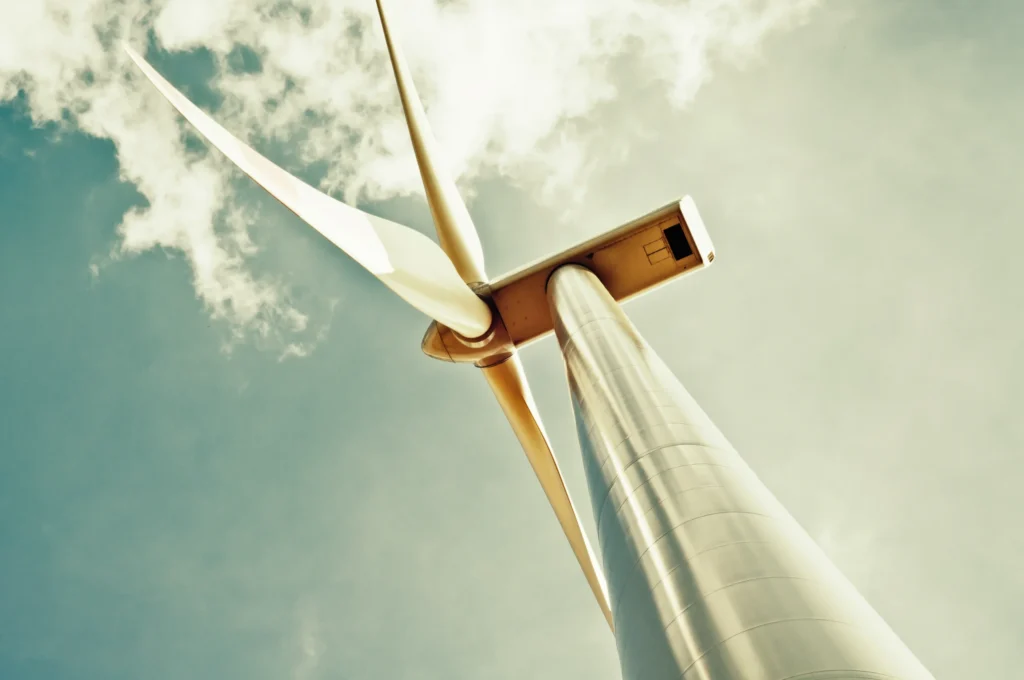The Sixth Assessment Report of the Intergovernmental Panel on Climate Change (IPCC) highlights the urgent need for serious action to combat climate change. Shifting from fossil-based to green fuel sources plays a crucial role in this.
It is increasingly clear that transitioning to green energy sources must happen fast. Key drivers of this transition are binding national and international guidelines and regulations being established for the reduction of greenhouse gas emissions and the use of green fuels (e.g. RED II/III in the EU for the use of renewable energy in different sectors; IMO Net-Zero Framework for maritime transport; ICAO-CORSIA for the aviation sector).
Furthermore, fossil fuel supply chains are becoming more vulnerable as the number of global conflicts increases, so the ability to produce carbon-neutral synthetic fuels can be crucial.
The shift to green energy production and import provides the opportunity to reduce greenhouse gas emissions, supply chain uncertainties, and meet environmental, social, and governance (ESG) requirements, all at the same time.
Green fuel production
To produce green energy, a country must be capable of generating electricity from renewable sources. This requires two things: sufficient sources like wind and solar, and physical space for the installation of electricity and fuel production facilities.
Industrialized countries, such as those in the European Union, whose limited space prevents the domestic production of green energy, will continue to import energy to a significant extent.
The following figure shows an exemplary use case for the import of fuels into the European Union. The fuel producing countries shown in the figure have excellent conditions for electricity and fuel production from renewable energies. [Note: The selection should be viewed as an example and can be expanded to include other countries.]









